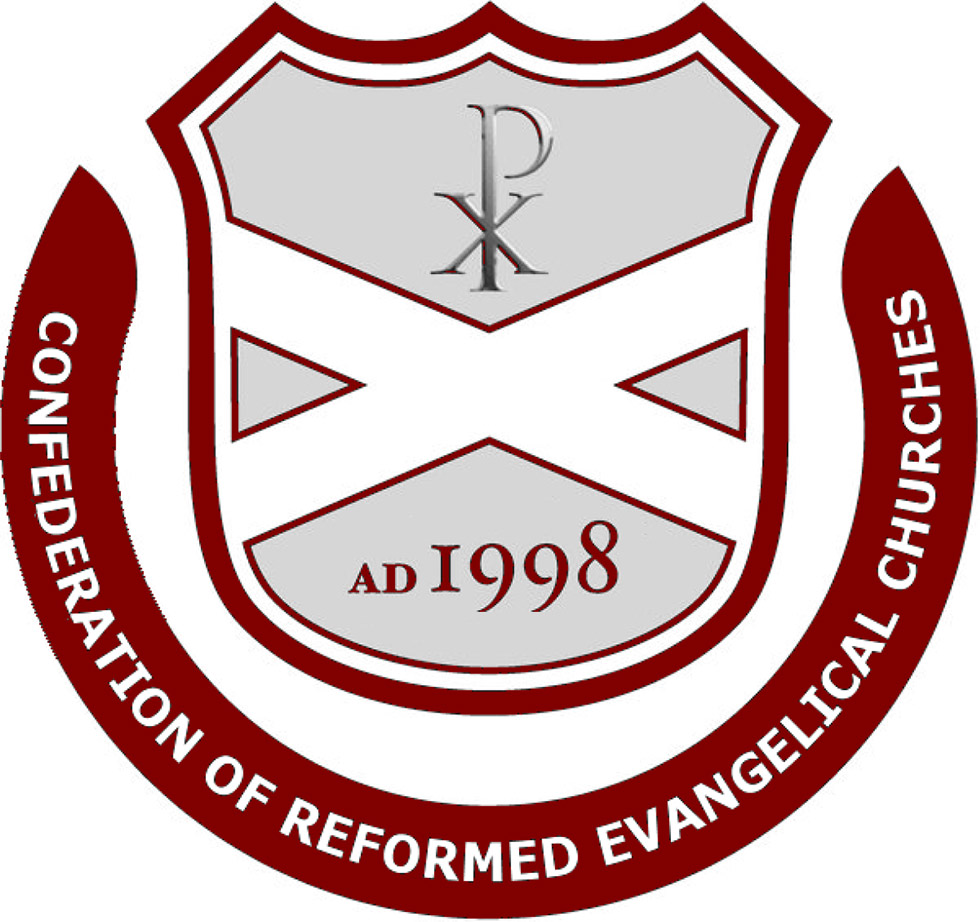Earlier today the Presiding Minister of the CREC, Pastor Douglas Wilson of Christ Church, Moscow, scoffed at Dr. Russell Moore and the Southern Baptist Convention because two days ago they voted to repudiate the Confederate Battle Flag. Doug Wilson predicates his objections to the SBC’s decision on a textbook strawman argument. He does not engage any of Dr. Moore’s points. Instead, he hangs a piñata and beats the candy out of it because, you know, bad timing, the black abortion rate, transsexuals in the bathroom, and same-sex marriage.
Contra Mr. Wilson’s misrepresentations, Dr. Moore actually stated the reason for the SBC’s action:
The Convention recognized today what the flag represents, and what it says to our African American brothers and sisters in Christ. The flag hearkens back to a day when in order to justify idolatrous Mammonism, Southern religion wove a counter-biblical folk theology that stood on the other side of Jesus. The flag also points to years and years of domestic terrorism against African-Americans, often with threats of physical violence. (Southern Baptists and the Confederate Flag)
Dr. Moore’s “threats of physical violence” is an understatement, since physical violence was the primary incentive slaveholders used to motivate their black chattels. But his larger point stands: “domestic terrorism against African-Americans.” The Confederate States of America was a nineteenth-century terrorist state. The CSA was a pseudo-Christian version of ISIS — wicked, brutal, and ruthless. Take a moment to read a few pages from Eugene D. Genovese. Consider, for example, this quote:
During the nineteenth century branding, ear cropping, and assorted mutilations gradually disappeared from the list of punishments prescribed at law and shrank to a minimum in plantation practice. The burning alive of alleged rapists and murderers also declined, although this and other atrocities never disappeared. Iron collars and “nigger boxes” — cells with a few air holes and just enough room to allow a slight shift in position continued in effect on some plantations. . . . The decline, although not the disappearance, of castration, the low incidence of slave lynchings, and the rising opposition to cruelties — or what the slaveholders could recognize as cruelties — were cited as evidence by the slaveholders that they treated their slaves no worse than other ruling classes treated their lower classes. As they compared their behavior with that of other ruling classes, they could not understand the charge that their system was cruel, much less that they were sadists. Everyone knew that the rabble responded only to force. The unpleasant necessities attendant upon slave ownership seemed unexceptional to them. Notwithstanding twinges of conscience, which generally concerned the excesses and not the exigencies of the system, the slaveholders increasingly saw themselves as good men who were doing what had to be done — men who acted in the best interests of their dependent beings and for the prosperity and happiness of the world.
The slaves saw matters differently. Their miserable standard of living may have been just high enough to give them a sense of having something to lose, but they could hardly have been impressed by arguments justifying or minimizing the physical cruelties and deprivations. (Eugene D. Genovese, Roll, Jordan, Roll: The World the Slaves Made [New York: Random House, 1974], 67–68)
This is a small representation of what the Confederate Battle Flag means (present tense) to blacks across America, which is why the SBC finally repudiated it. This is also what Doug Wilson calls “a relationship based upon mutual affection and confidence” (Southern Slavery As It Was [Moscow, ID: Canon Press, 1996], npn).
Now consider an example of another denomination doing something similar to what the SBC did this week, but for a different reason. Less than five years ago, in October 2011, the Confederation of Reformed Evangelical Churches changed its name to the Communion of Reformed Evangelical Churches. The freshly minted communionists gave one reason for their rebrand:
On October 6, 2011, the CREC Church Council voted to change the name of the CREC from the Confederation of Reformed Evangelical Churches to the Communion of Reformed Evangelical Churches. This change was the result of a three year deliberative process within the confederation, driven by a concern that in some parts of the United States our name was frequently misconstrued to imply certain cultural connotations that were never intended by our founders or by our churches. . . . The name change signals an accommodation to the realities of modern discourse. . . (A Message to the World Regarding the CREC Name Change)
Please note that Mr. Wilson didn’t rail on his former confederates for changing their name. Nothing about bad timing, the black abortion rate, lava lamps, or the like. And unlike the SBC, the CREC did not express consideration for “African American brothers and sisters in Christ,” which I suppose is a deliberate omission.

The Saint Andrew’s Cross on a CREC logo.
To be sure, the CREC embedded the Saint Andrew’s Cross on their original logo because Mr. Wilson believes it was the inspiration for the Confederate Battle Flag. He even shared the stage with Michael Hill to lecture the Southern Heritage Society. Note the subjects of his talks: “Why the War Never Ended” and “The Blue and Grey in Black and White.” Of course the CREC called themselves a Confederation to “imply certain cultural connotations.” This explains Doug Wilson’s contempt for the Southern Baptist Convention’s decision. He holds dear the flag they repudiated and he idolizes the institution they condemned as idolatrous — because Doug Wilson and the CREC are all things Confederate.
CORRECTION: I posted the incorrect logo above. The CRE’s original logo is below. Saint Andrew’s Cross still there:


Held my nose and visited “Pastor” Wilson’s blog long enough to read his follow up to the flag post. In the midst of his usual “Gosh, I’m a good writer” BS, he posits the question regarding the flag’s offensive symbolism to a large group of people. “Pastor” Wilson writes…..”Coming back to the flag, we are not talking about sin, but rather about something that (in the minds of some) is symbolic of sin. And that creates a host of questions. Symbolic to whom? Why? How did it come to mean that?” Well, right off the bat, “Pastor”, when you ask “whom”, how about African Americans? Just a wild guess, “Pastor”. If one of your lackeys should by happenstance read this, perhaps he will pass along my invitation to you to Google “Without Sanctuary”. I’d post the link, but the imagery is very, very hard to look at. Photos after photos of lynchings, many attended by hundreds of people having a grand old time watching one or more African-Americans being lynched, with some, for good measure, being burned up by a fire under the corpse. A legacy of “Pastor” Wilson’s “good old days”.
In both examples, St. Andrew’s cross is still warped. The original remains best.